Visita de estudo de Construção e Projecto
Visita de estudo de Construção e Projecto a um Edifício de habitação multifamiliar em Matosinhos, da autoria dos Arq. Margarida Quintã e Arq. Luís Ribeiro da Silva (URSA)
Rua Roberto Ivens 727, em Matosinhos





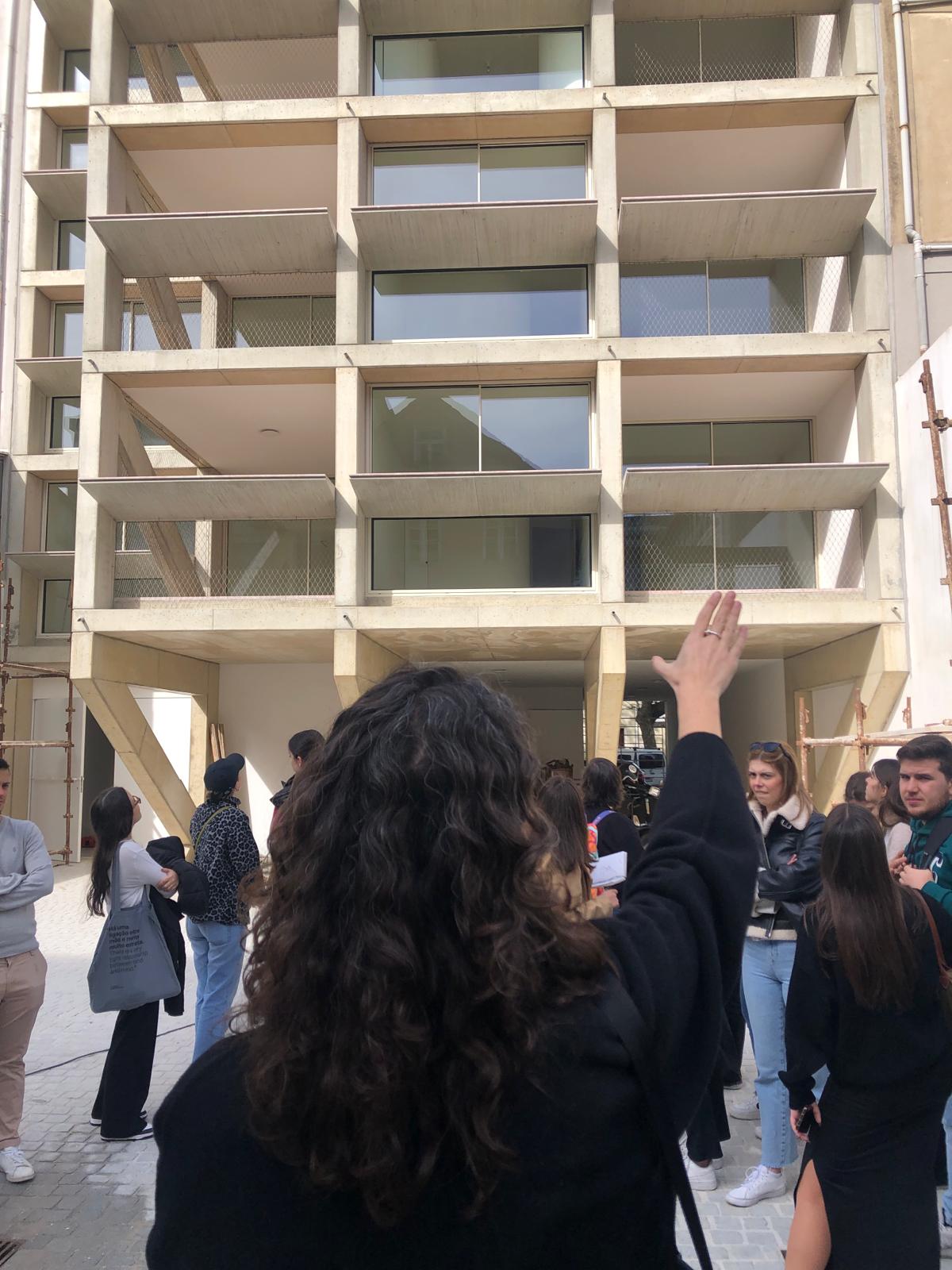
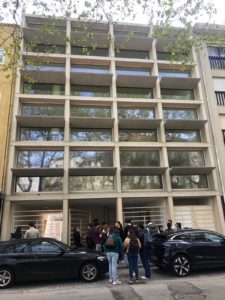
Visita de estudo de Construção e Projecto a um Edifício de habitação multifamiliar em Matosinhos, da autoria dos Arq. Margarida Quintã e Arq. Luís Ribeiro da Silva (URSA)
Rua Roberto Ivens 727, em Matosinhos







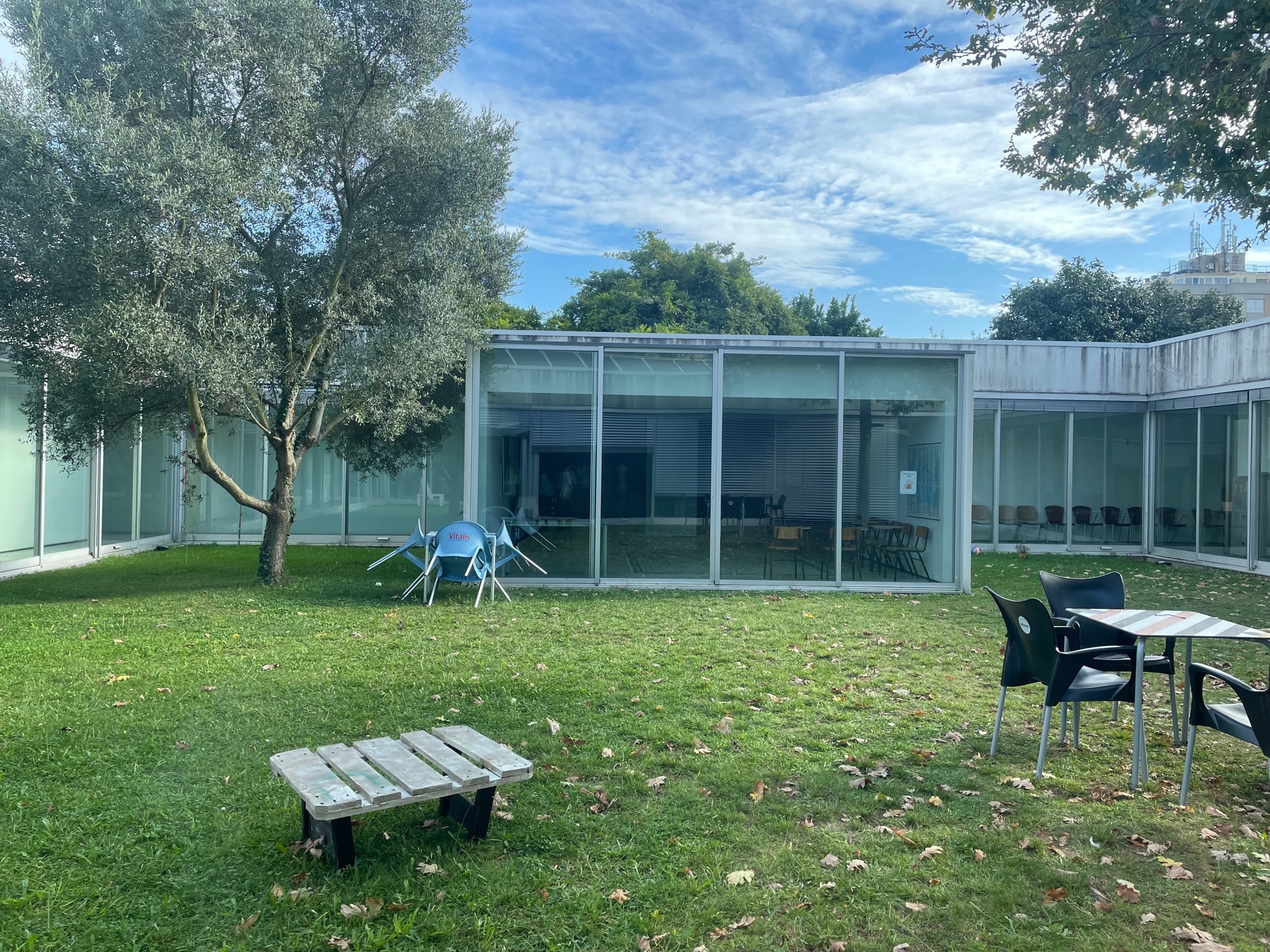
Visita de estudo de Projecto e Construção, para o 1º e 2º ano, no dia 17-10-2022, ao Centro de Apoio de refugiados de S.Cirilo – projecto do Arquitecto Nuno Valentim e Arq. Frederico Eça. A visita foi guiada pela directora do Centro, Dra Mariana Rozeira, e pelo co-autor do projecto Arq. Frederico Eça
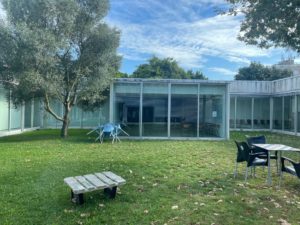
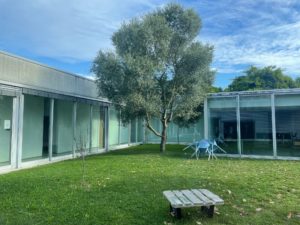

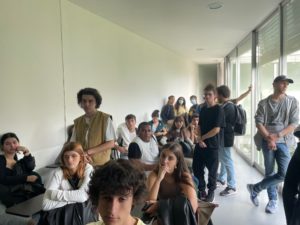




Viagem de Estudo a Berlim
Mestrado Integrado em Arquitetura, Universidade Lusófona do Porto
1 a 8 de abril de 2020

The Periphery in the City centre. The railway cities of Angola’s countryside on the illustration of laterality as an expression of colonial urbanism – the Huambo case
António Afonso de Deus